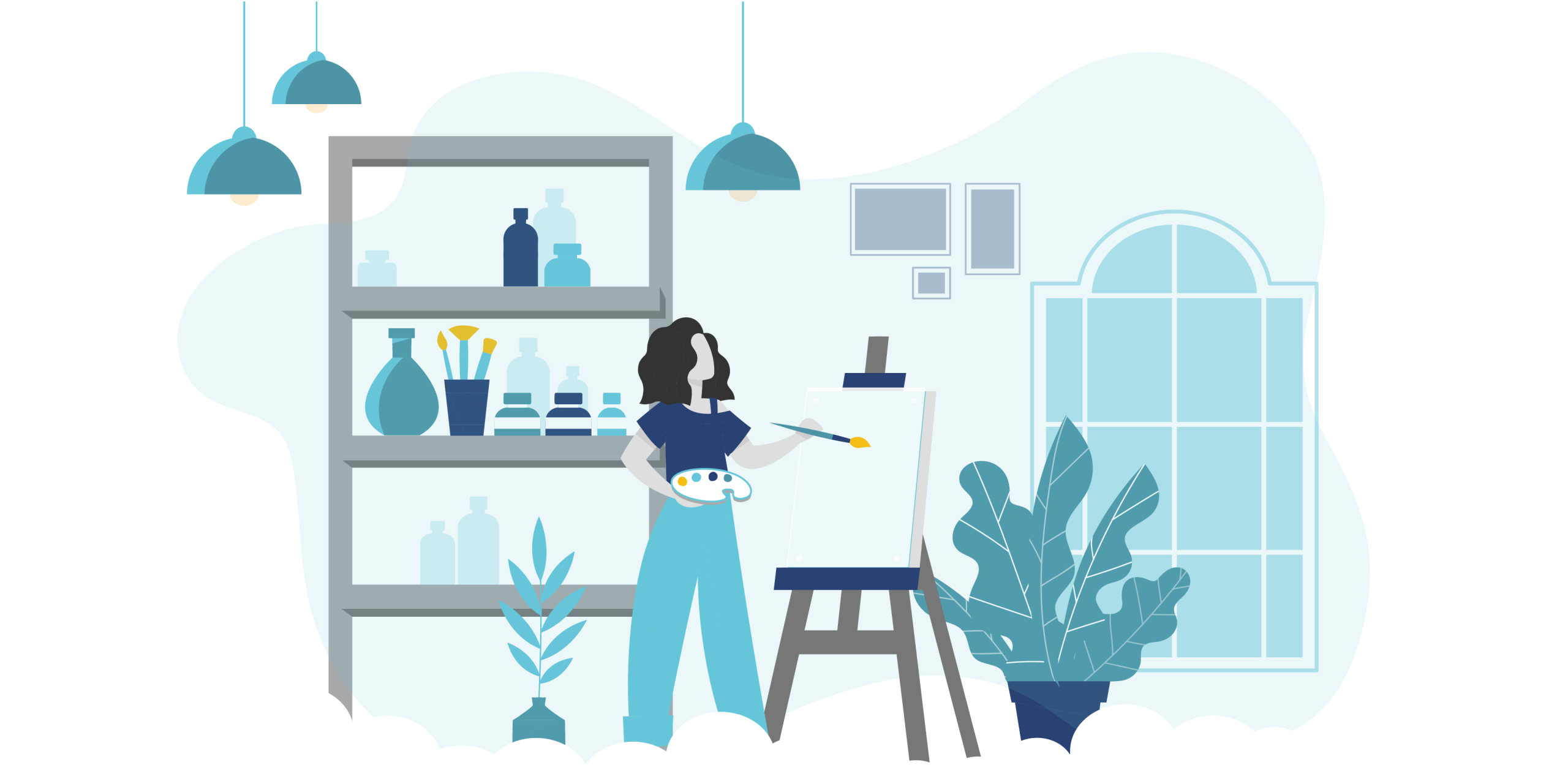The 5 Biggest Risks Faced by Interior Designers
May 14, 2025
Interior Designers are no strangers to unpredictability. But as client demands evolve and project complexities grow, protecting your business has never been more important. A single error could lead to a lawsuit, putting your practice, your finances, and your reputation at risk!
To help you stay ahead, here are the biggest professional risks interior designers face—and how to mitigate them.

Disclaimer: Please note that the information provided herein is presented from a liability-based perspective to avoid insurance claims. It is not exhaustive or a substitute for legal advice.
1. Contractual Disputes
Unclear, outdated, or missing contracts could put you at risk of facing a lawsuit if clients or subcontractors challenge the project scope, pricing, timelines, or responsibilities.
PRO Tips:
-
Always use a written contract—a handshake or verbal agreement won’t protect you in court.
-
Avoid generic templates and ensure every contract is tailored to the project’s scope and risks.
-
Include a “non-prejudice clause” to avoid payment disputes.
-
Have a lawyer review your templates and client agreements regularly.
2. Performance Issues
Design errors or delays may lead to client dissatisfaction and negligence claims—after all, even the best of us make mistakes.
PRO Tips:
-
Maintain a detailed, objective record of all provided services and interactions, including online correspondence—this is your best defense in case of a claim.
-
Before placing any major orders, verify all details and have a colleague double-check.
-
Communicate major changes in a timely manner; avoid using jargon and confirm understanding from all relevant parties.
3. Project Management Risks
Managing budgets, schedules, and subcontractors can expose you to risk if there are supply chain delays, cost overruns, or miscommunications. Even if third parties are at fault, clients may hold you accountable.
PRO Tips:
-
Build buffer time into project timelines.
-
Hire vetted subcontractors with valid commercial general liability insurance of their own; never add them onto your liability policy.
-
Include indemnification clauses in contracts with subcontractors and suppliers to ensure they assume legal responsibility for their own actions and services.
4. Structural Design Services for BCIN Holders
If you’re a Registered Interior Designer with a BCIN Small or House designation, be warned that any structural design services you provide are not automatically covered under standard Professional Liability Insurance.
PRO Tip:
-
Practicing without proper protection leaves you exposed to serious liability—contact PROLINK to add the necessary coverage extension for structural design services to your PLI policy.
5. Gaps in Coverage
Thinking of cancelling your insurance during a leave or slowdown? Think again. Professional Liability policies are claims-made, meaning only the policy active when a claim is reported—not when the work was done—will respond. If your policy has lapsed, you could be sued years later with no coverage in place.
PRO Tip:
-
Avoid gaps in coverage with an extended reporting period (ERP), which allows you to report claims after your policy ends. PROLINK recommends keeping ERP coverage for at least 6 years post-practice.
The Best Practice: Customized Coverage for Interior Designers
Slip-ups happen. That’s why insurance isn’t optional—it’s your safety net.
With 12+ years of serving Interior Designers, PROLINK understands the unique threats you face like no one else. Our solutions are tailored for ARIDO members and will help you protect your business from risk, even if the claims made against you are groundless.
To learn more, connect with PROLINK today!
PROLINK’s blog posts are general in nature. They do not take into account your personal objectives or financial situation and are not a substitute for professional advice. The specific terms of your policy will always apply. We bear no responsibility for the accuracy, legality, or timeliness of any external content.




